
Permutation and CombinationQuestion and Answers: Page 9
Question Number 134389 Answers: 1 Comments: 0
Question Number 134329 Answers: 2 Comments: 0
Question Number 134292 Answers: 1 Comments: 0
Question Number 134232 Answers: 2 Comments: 0
Question Number 134205 Answers: 0 Comments: 1
Question Number 133995 Answers: 0 Comments: 2
Question Number 133682 Answers: 0 Comments: 2
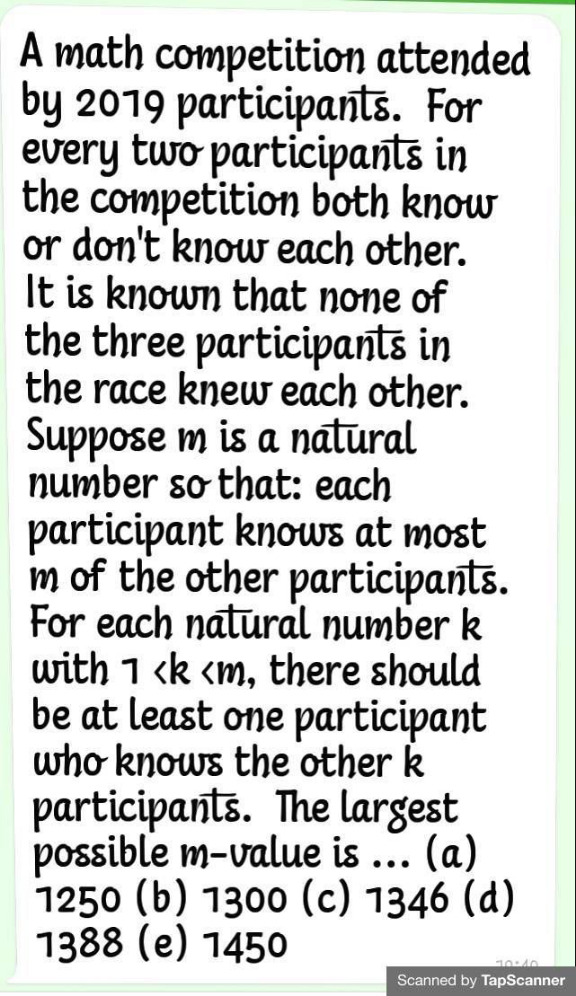
Question Number 133658 Answers: 0 Comments: 3
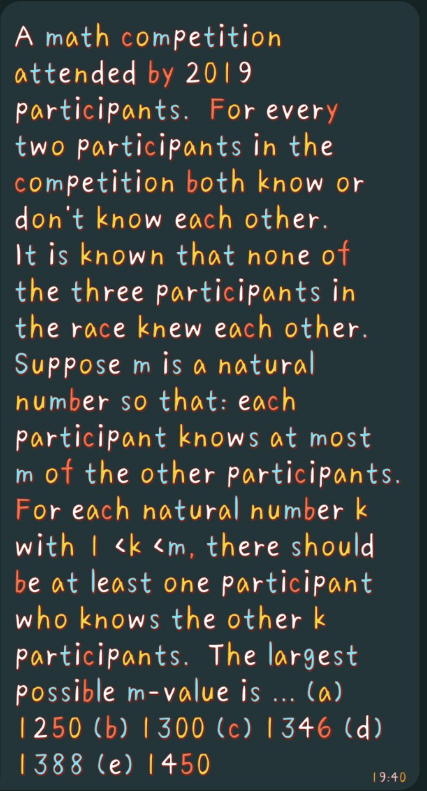
Question Number 133642 Answers: 4 Comments: 1

Question Number 133316 Answers: 2 Comments: 1
Question Number 133314 Answers: 1 Comments: 0
Question Number 132977 Answers: 0 Comments: 0
Question Number 132854 Answers: 1 Comments: 0
Question Number 132726 Answers: 0 Comments: 0
Question Number 132439 Answers: 0 Comments: 1
Question Number 132382 Answers: 1 Comments: 0
Question Number 132174 Answers: 0 Comments: 3
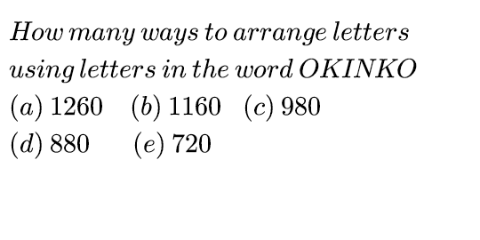
Question Number 131994 Answers: 2 Comments: 1

Question Number 131744 Answers: 1 Comments: 0
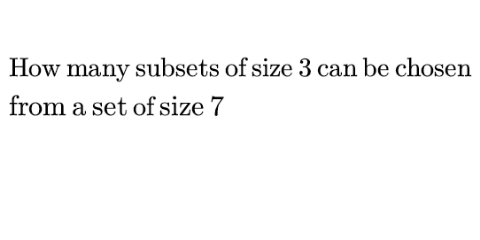
Question Number 131635 Answers: 0 Comments: 0
Question Number 131553 Answers: 1 Comments: 0
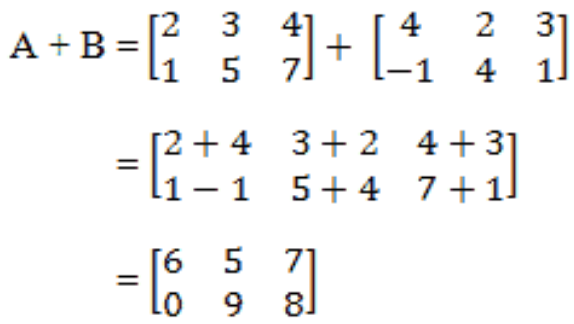
Question Number 131464 Answers: 1 Comments: 0
Question Number 131459 Answers: 1 Comments: 0
Question Number 131248 Answers: 2 Comments: 0
Question Number 131162 Answers: 0 Comments: 2
Question Number 130899 Answers: 0 Comments: 1
